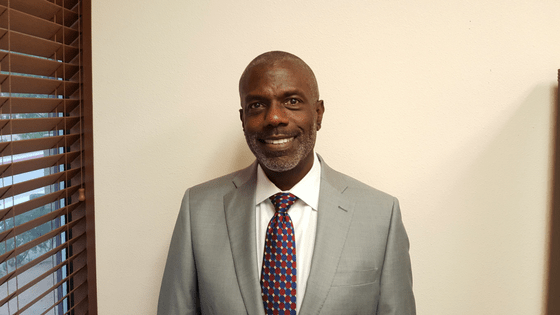Annually black Americans pause in February to reflect upon our shared cultural heritage as African-Americans. In large part, our reflections turn to the Civil Rights struggles in the 1960s, spearheaded by Dr. Martin Luther King, Jr., among others. Sadly, for a growing sub-segment of the black (as well as Latinx) population in America, not only do we continue to battle against social-economic forces: poverty, unemployment, prejudice and an unbalanced justice system; we must face the reality that in minority communities, HIV is not on the decline like it is in the majority population.
Young gay, bisexual and other men who have sex with men in minority communities are at the highest risk for HIV in the USA! The Centers for Disease Control and Prevention estimates that if current rates persist, half of all black; and a quarter of all Latino gay and bisexual men could be infected with HIV in their lifetimes.
On the one hand, Innovations in pharmaceutical science have given society the opportunity to “end the AIDS epidemic.” Be it daily medication, “meds” for people who are HIV-positive, which when taken on a daily basic effectively eliminate the potential of infecting another person and consequently ending the epidemic. Conjointly, on the other hand, HIV-negative individuals may avail themselves with Pre-Exposure Prophylaxis (PrEP), a daily pill which practically eliminates seroconversion.
So where’s the problem you may ask? The answer is inexplicable. While the HIV infection rates continue to decrease for the majority population in the USA, the minority population continues to see increased HIV infections. Is this due to the stigma of men having sex with men in minority populations? Is it the lack of medical resources, and financial barriers to healthcare in minority populations? Or is it just ignorance of the medical advances available. Perhaps, the answer is a combination of all of the aforementioned.
What is certain is that behaviors have to change – both for the individual and society. Here in California, legislative leaders have finally shifted HIV focus to minority populations in an effort to increase awareness, testing and treatment.
The question becomes, what can we do to decrease the spread of HIV in minority populations?
- • Increase public awareness of the disease in targeted minority populations and reduce the stigma. Black and Latino Americans have accepted the fact that they are more likely to suffer from high blood pressure and diabetes; let’s treat HIV like any other “manageable disease.”
- • In order to treat HIV, folks have to get tested. The State of California is increasing funding for HIV testing and many non-profit health care centers like Desert AIDS Project are going to community festivals with mobile testing; to wit, Black History Month Festival, Blatino Oasis, Taste of Jalisco Festival, to name just a few.
- • If someone is diagnosed, they must immediately be linked to care. Both Federal and State funds are available to cover ALL expenses for people who live below the poverty level so cost is not an issue.
- • Folks need to stay in care and on their medication. Once in care and property taking medication an HIV-positive person becomes un-infectious and will not transmit the HIV virus.
This is an attainable plan. What is missing is the public outcry and demand for social services to address not only the stigma attached to “gay sex,” but to address health care for ALL Americans. To borrow the words from Dr. King:
“I have a dream that one day every valley shall be exalted, every hill and mountain shall be made low. The rough places will be made plain, and the crooked places will be made straight.”
Carl Baker is Directory of Legal and Legislative Affairs for Desert AIDS Project. He is passionate about USC Trojans football and is an avid swimmer.









